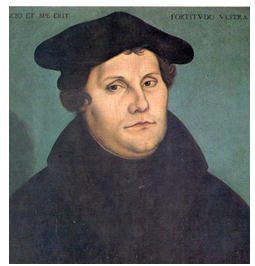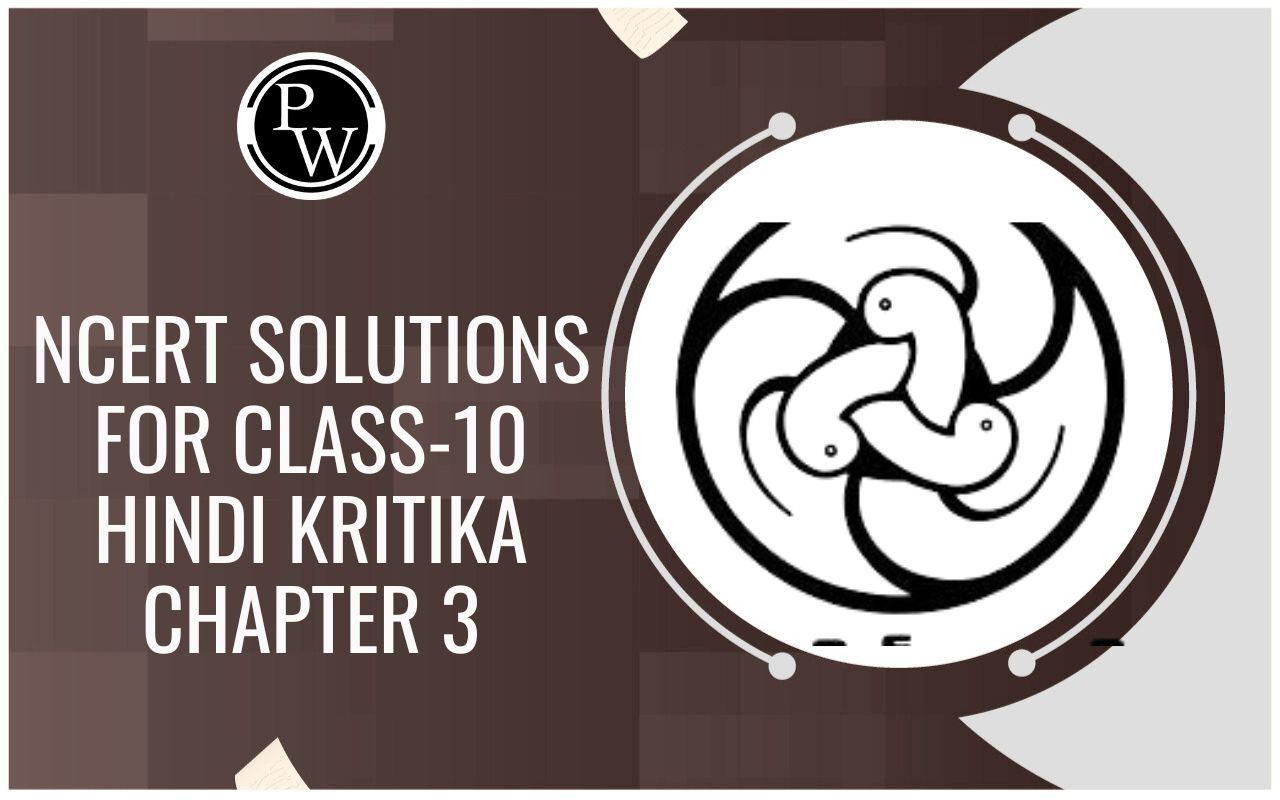
Print Revolution And Its Impact
Print Culture And The Modern World of Class 10
Print Revolution And Its Impact
The shift from hand printing to mechanical printing was not just a development, but led to the print revolution.
(i) It transformed the lives of the people.
(ii) It changed their relationship to information and knowledge.
(iii) It affected relationship with institutions and authorities.
(iv) It opened up new ways of looking at things, influenced popular perceptions.
A NEW READING PUBLIC:
With the printing press, a new reading public emerged. Printing reduced the cost of books. The time and labour required to produce each book came down, and multiple copies could be produced with greater ease. Books flooded the market, reaching out to an ever-growing readership.
Access to books created a new culture of reading. Earlier, reading was restricted to the elites. Common people lived in a world of oral culture. They heard sacred texts read out, ballads recited, and folk tales narrated. Knowledge was transferred orally. People collectively heard a story, or saw a performance. Before the age of print, books were not only expensive but they could not be produced in sufficient numbers. Now books could reach out to wider sections of people. If earlier there was a hearing public, now a reading public came into being.

Martin Luther
But the transition was not so simple. Books could be read only by the literate, and the rates of literacy in most European countries were very low till the twentieth century. To encourage reading this, they had to keep in mind the wider reach of the printed work: even those who did not read could certainly enjoy listening to books being read out. So printers began publishing popular ballads and folk tales, and such books would be profusely illustrated with pictures. These were then sung and recited at gatherings in villages and in taverns in towns.
Oral culture thus entered print and printed material was orally transmitted. The line that separated the oral and reading cultures became blurred. And the hearing public and reading public became intermingled.
RELIGIOUS DEBATES AND THE FEAR OF PRINT:
- Print created the possibility of wide circulation of ideas, and introduced a new world of debate and discussion.
- Through the printed message, they could persuade people to think differently, and move them to action.
- Many were apprehensive of the effects that the easier access to the printed word and the wider circulation of books, could have on people’s mind.
- It was feared that if there was no control over what was printed and read then rebellious and irreligious thoughts might spread.
- If that happened the authority of ‘valuable’ literature would be destroyed.
- Expressed by religious authorities and monarchs, as well as many writers and artists, this anxiety was the basis of widespread criticism of the new printed literature that had began to circulate.
- In 1517, the religious reformer Martin Luther wrote Ninety Five Theses criticizing many of the practices and rituals of the Roman Catholic Church.
- A printed copy of this was posted on a church door in Wittenberg. It challenged the Church to debate his ideas. Luther’s writings were immediately reproduced in vast numbers and read widely.
- This lead to a division within the Church and to the beginning of the Protestant Reformation. Luther’s translation of the New Testament sold 5,000 copies within a few weeks and a second edition appeared within three months.
- Luther said “printing is the ultimate gift of god and the greatest one.
- Several scholars, in fact, think that print brought about a new intellectual atmosphere and helped spread the new ideas that led to the Reformation.







